Last Thursday, our second-grade learners, the Mangroves, journeyed to Shark Valley, a part of Everglades National Park. It was a bright and crisp morning and a beautiful day to see the beauty of the Everglades, our region’s “river of grass.”
You can also follow along with our journey by watching a reel of the trip here.
On the bus ride there, we discussed questions for the park ranger, as well as what wildlife we hoped to see. As we pulled into the park, we began our excursion with a fox sighting (which we learned is very rare due to the large Python population that began from exotic pet owners releasing their pythons into the wild!)
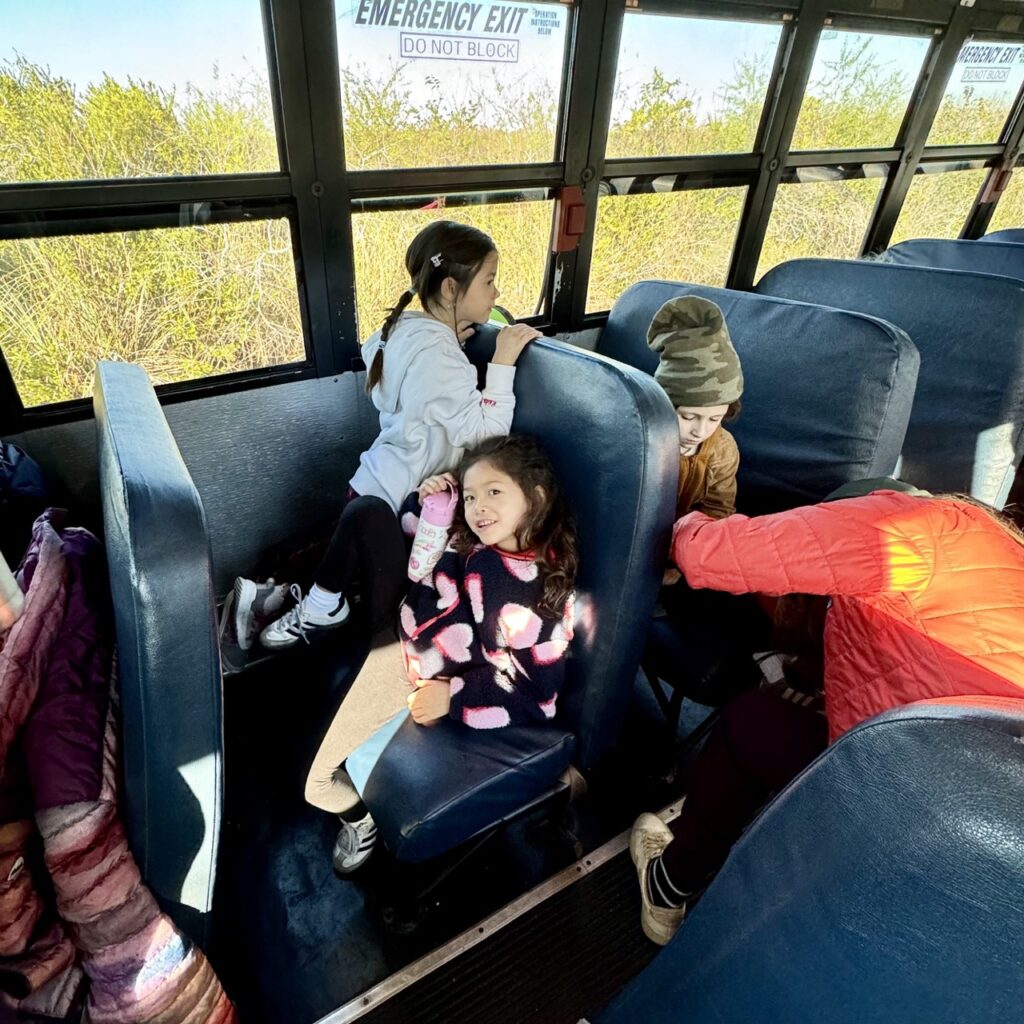
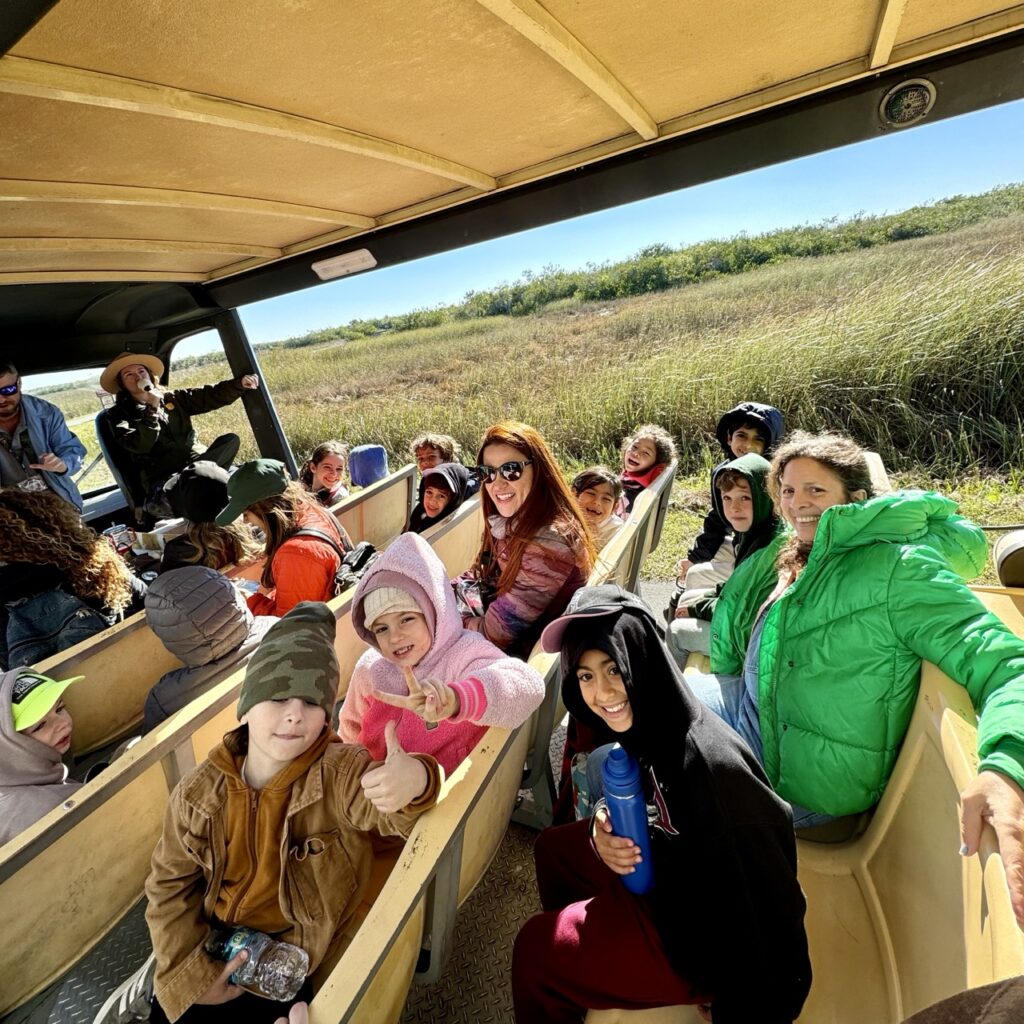
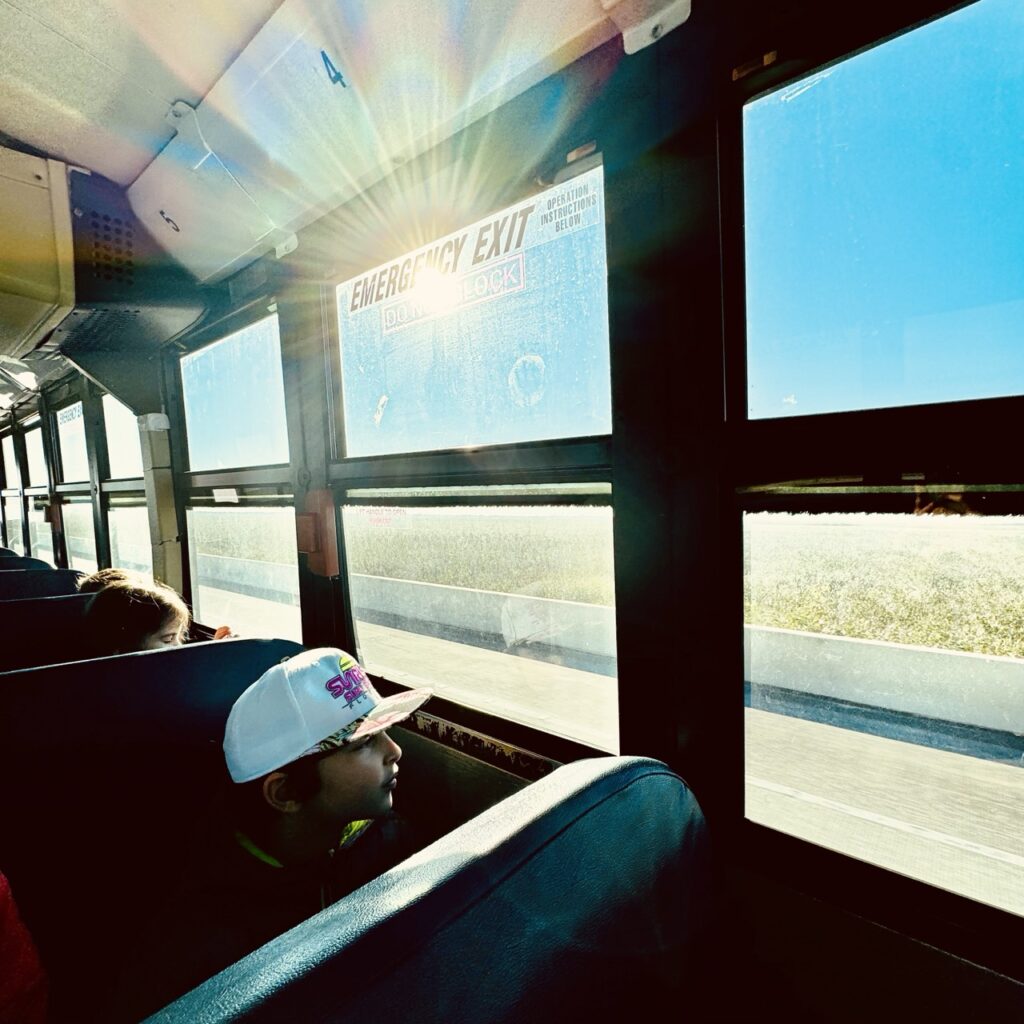
We were greeted by Ranger Rachel, who narrated our two-hour tram tour of Shark Valley. Ranger Rachel told us all about the history of the Everglades and how it came to be a National Park, what we would find in the park, and concerns of the park.
The learners not only recognized many of the naturally occurring Everglades habitats, such as the Sawgrass slough, marl prairie, cypress domes, and hardwood hammocks, but they also encountered the animal inhabitants of these ecosystems, such as blue herons, anhingas, ibis, alligators, crocodiles, red shoulder hawks, crows, and gar. They could observe these creatures expressing natural behaviors within their natural habitat, a not-so-common thing for urban dwellers to observe.
The second-grade Mangroves not only marveled at prehistoric-looking alligators, and crocodiles, they wondered aloud about periphyton and sawgrass. In response to a question about water quality posed by their second-grade teacher, the Mangroves learned that fertilizer runoff from sugarcane farms and urban development changes the nutrient makeup of the Everglades freshwater flow. This change is reflected directly in the environment as invasive cattails overtake native sawgrass, blocking out sunlight and affecting aquatic oxygen levels, which in turn affects the Everglades food web.
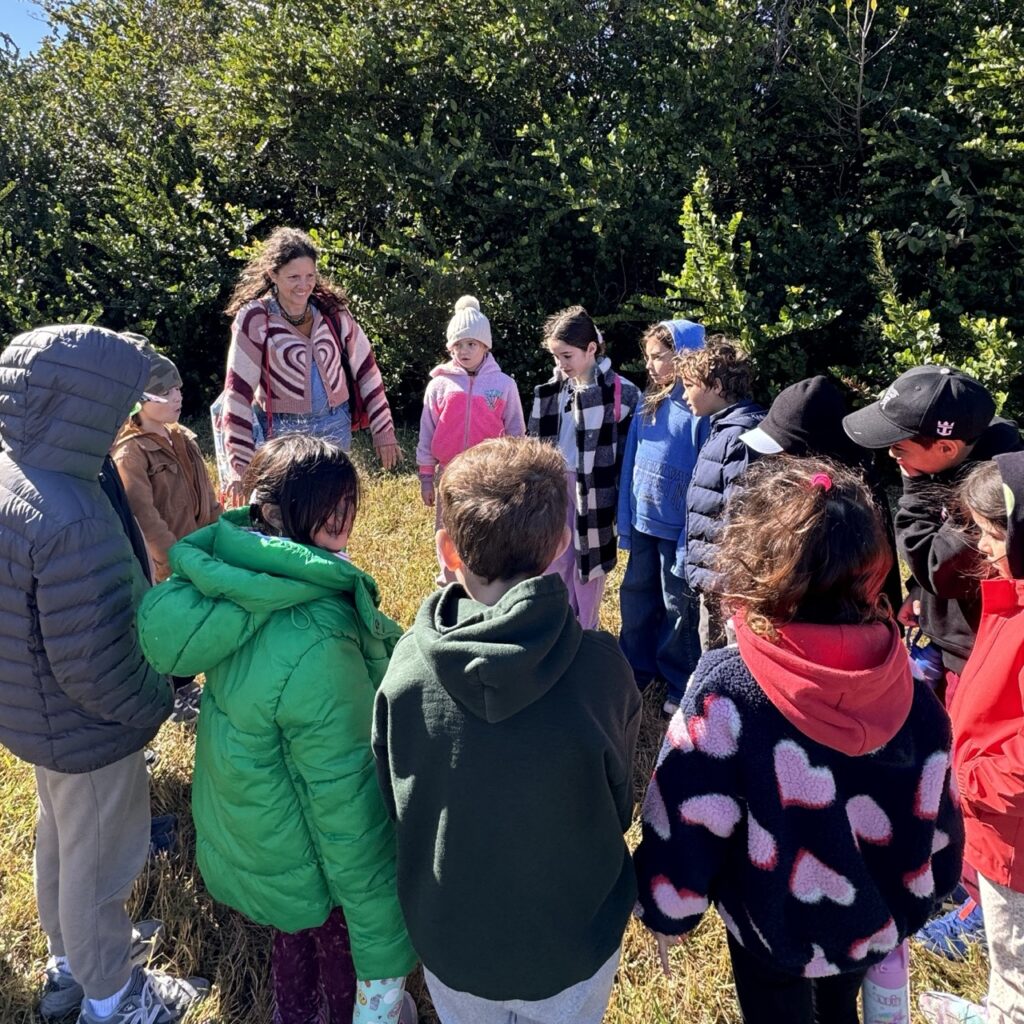
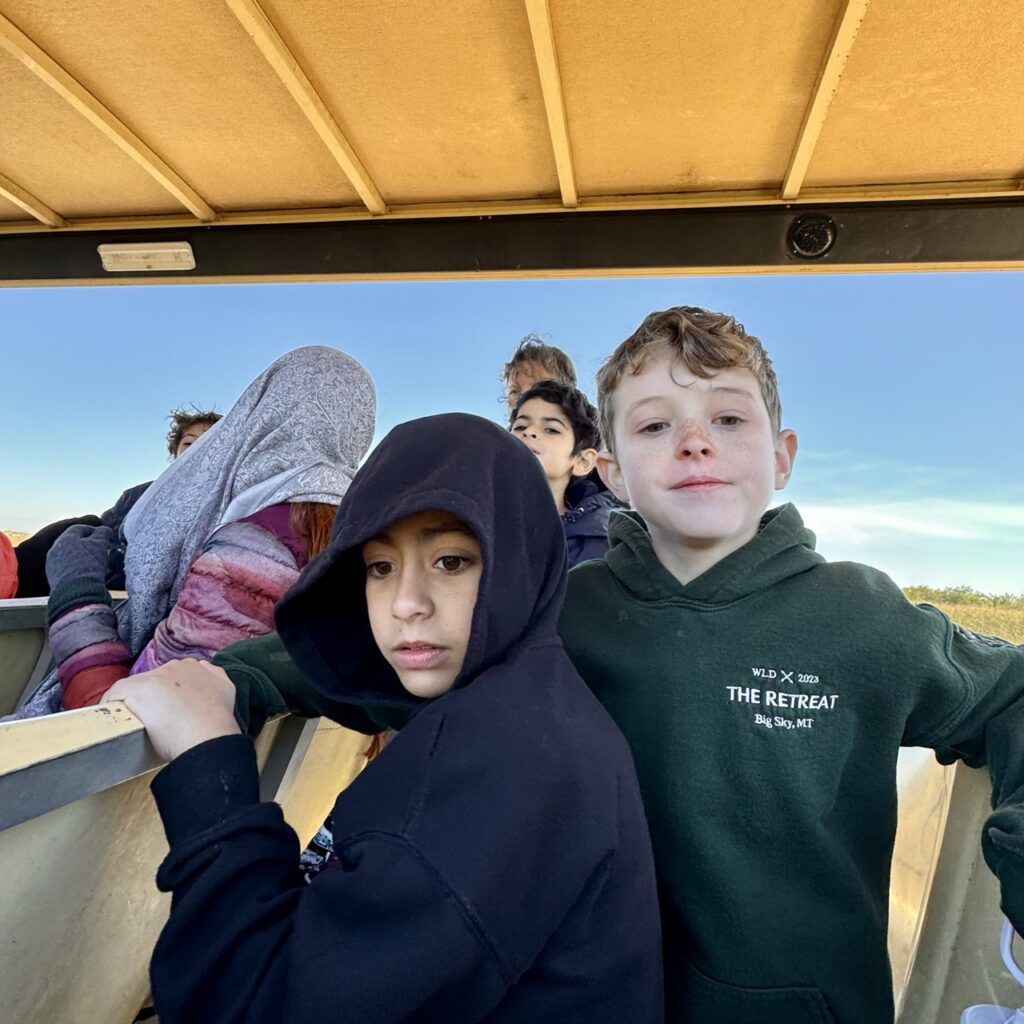
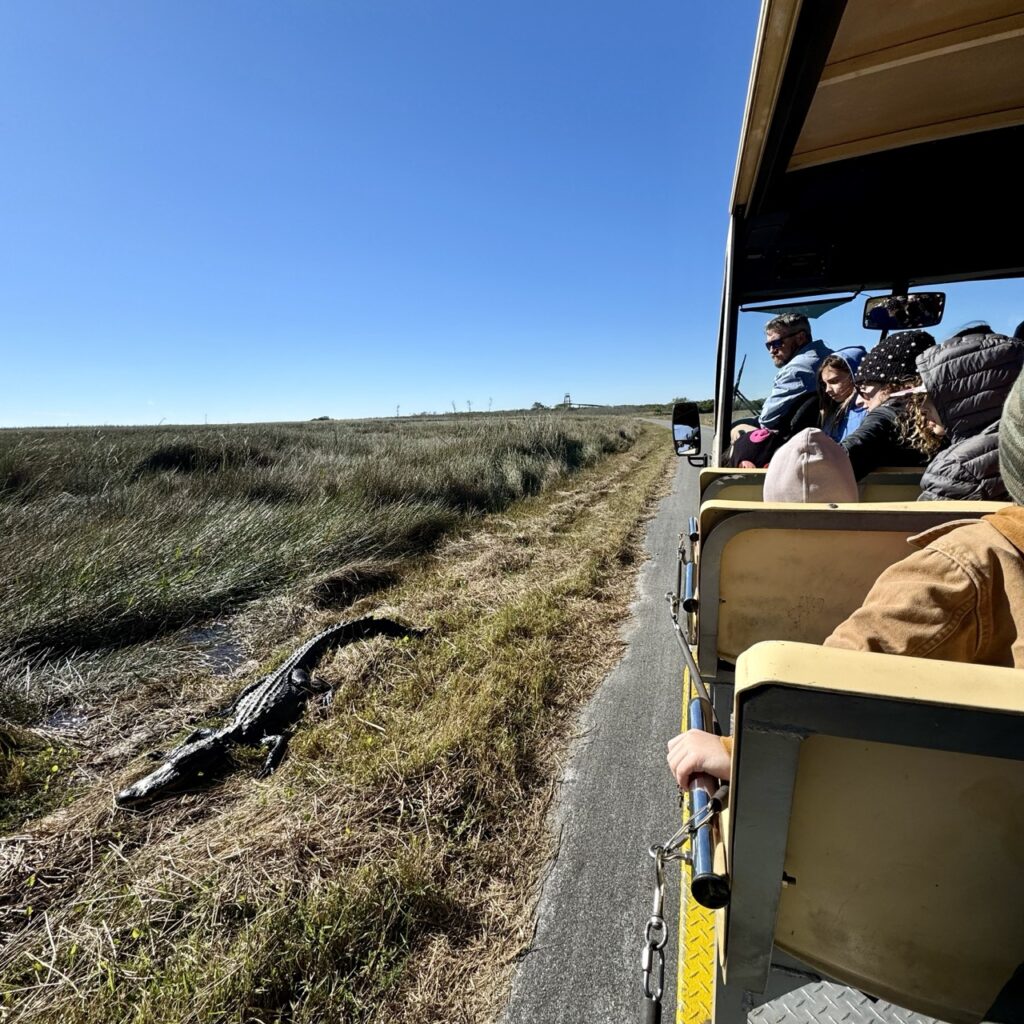
One exciting feature of the trip was our walk to the observation tower that allowed us to see expansive views of the Everglades. At the tower, the learners saw the unfettered landscape to the horizon line, even spotting a brush wildfire out in the distance. They looked down into the beautifully marbled limestone rocks underneath the tannic water surface of a crescent-shaped pond. They felt the cold snap of the wind and enjoyed a brisk singing run to the tram.

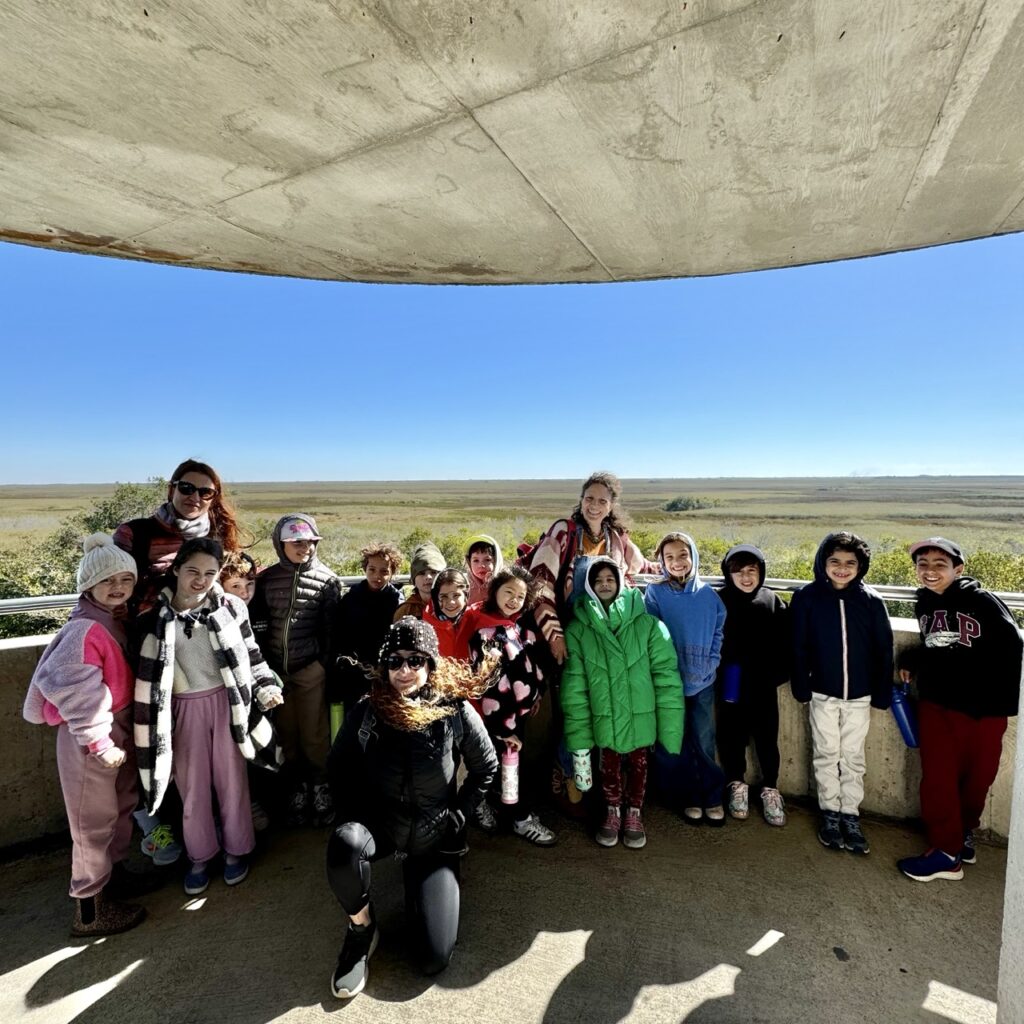

Our intrepid second graders enjoyed the rest of their time at Shark Valley at a slower pace. They had an outdoor picnic before settling on the warm deck to reflect, draw, and write their observations in handmade science journals. Everyone picked a spot for silent, pensive reflection. The learners looked back through the pictures in their minds to write and sketch about what they saw, what they learned, and what new things they were wondering about.
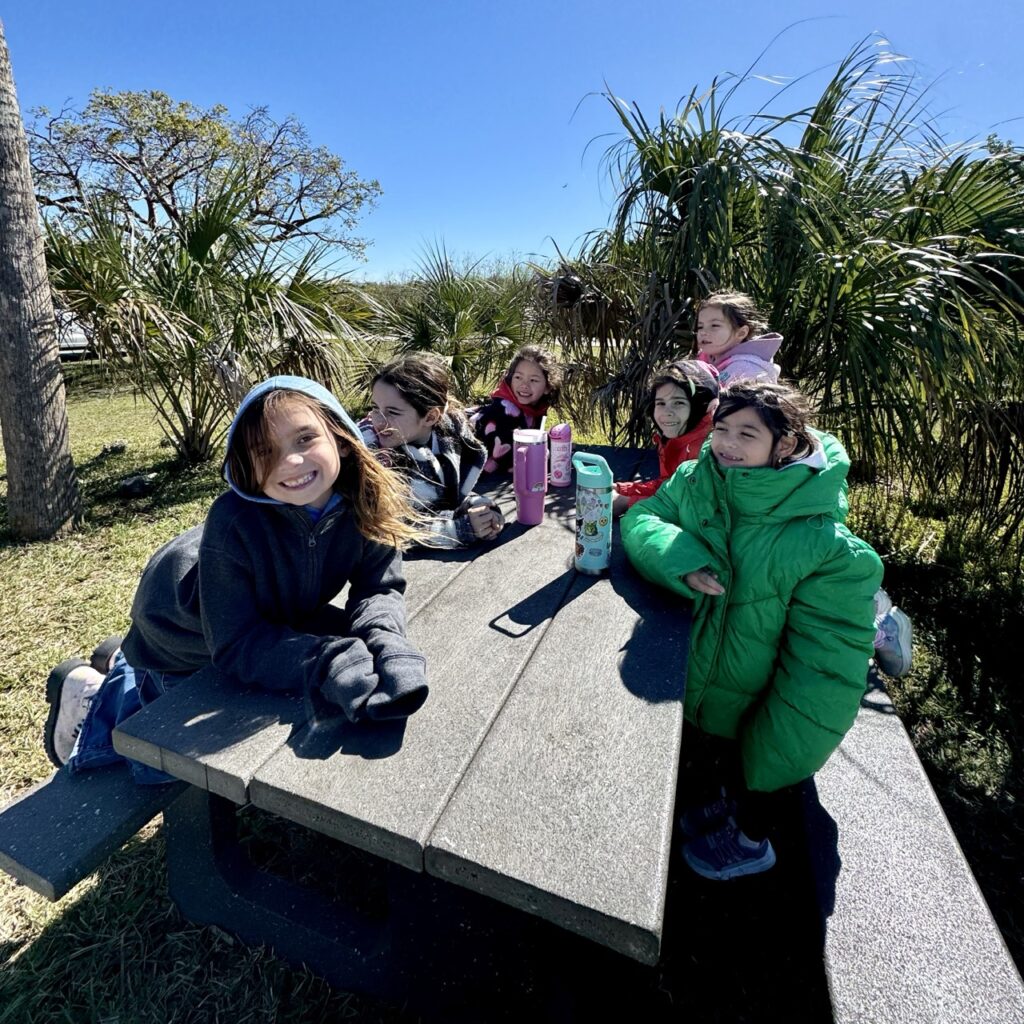
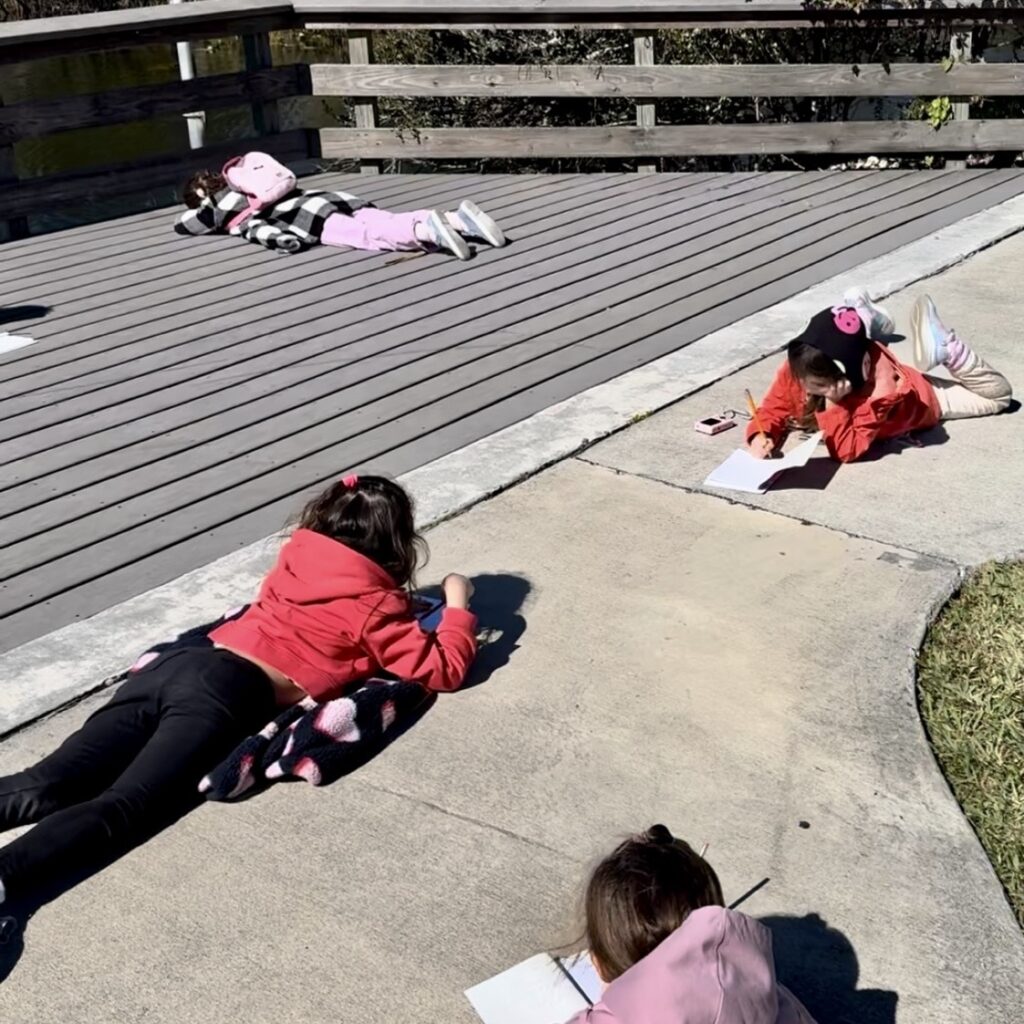
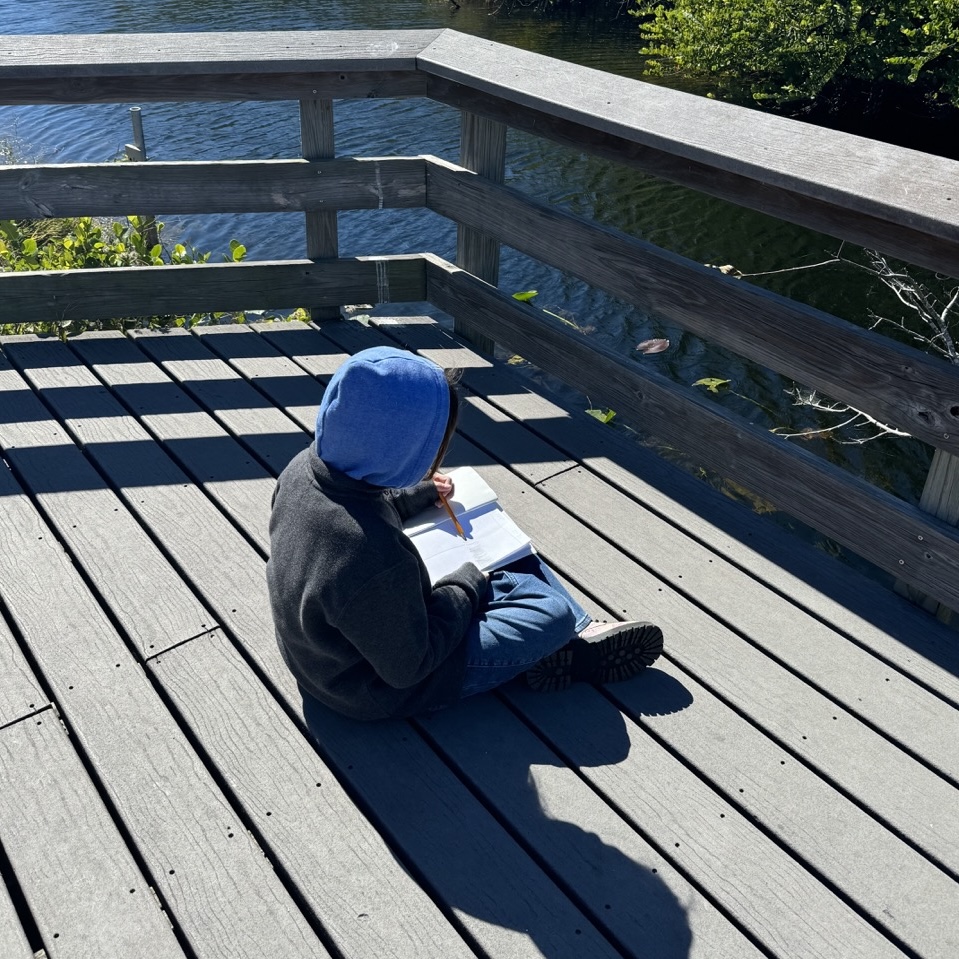
As our Everglades adventure came to a close, one thing was clear: we all play special part in protecting our natural world. As our Shark Valley Park Ranger said, “If you are wondering who the hero is through this quest through the Everglades, there’s a plot twist. That hero is us! For the protection of our dragons like the American alligator and crocodile and the phoenix, like our wading birds, they all depend on even the smallest choices we make daily.”
– Ms. Miriam, Ms. Shannon, and Ms. Emma
